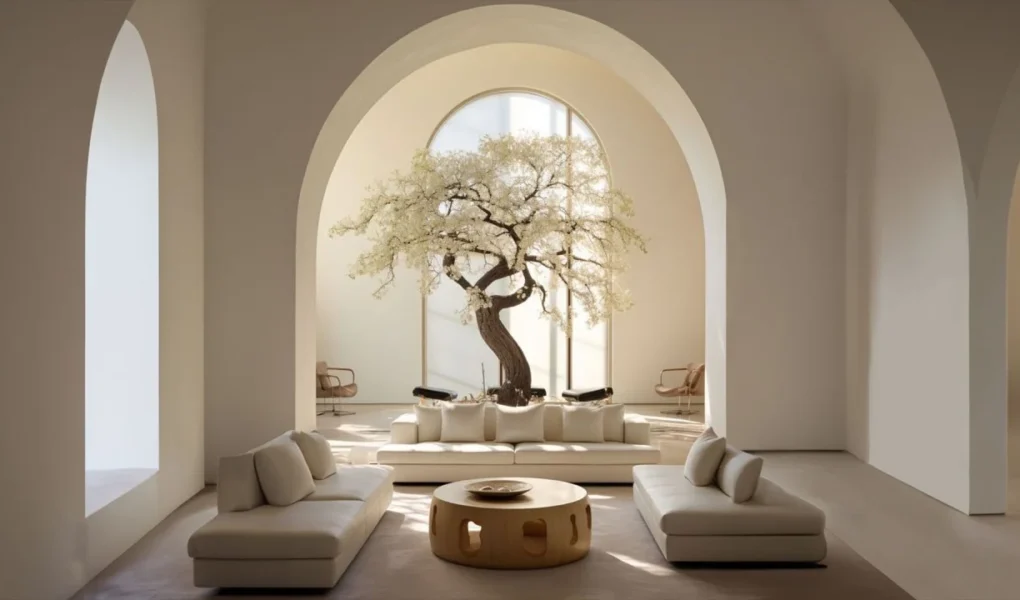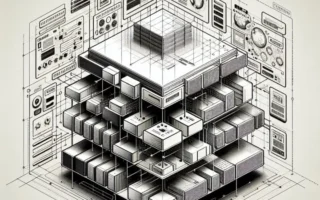Introduction:
Italian architecture has long captivated the world with its unparalleled beauty, elegance, and artistic flair. From the graceful arches of ancient Roman aqueducts to the intricate facades of Renaissance palaces, Italian architecture has left an indelible mark on the global landscape. However, one intriguing aspect of Italian architecture is its apparent emphasis on design over engineering. In this exploration, we delve into the historical, cultural, and artistic factors that have shaped this distinctive approach to architecture in Italy.
1.The Renaissance of Design:
Humanism and Artistic Expression:
The Renaissance period in Italy was a time of profound intellectual and cultural awakening, marked by a renewed interest in classical learning, literature, and the arts. Humanist ideals of individualism, creativity, and self-expression permeated all aspects of society, including architecture. As a result, Italian architects prioritized design as a means of expressing aesthetic ideals and embodying the spirit of the age.
Integration of Art and Architecture:
In Italy, art and architecture were inseparable, with architects collaborating closely with painters, sculptors, and artisans to create harmonious and visually stunning spaces. Works such as Michelangelo’s dome of St. Peter’s Basilica and Leonardo da Vinci’s designs for ideal cities exemplify the fusion of artistic vision and architectural innovation that defined the Renaissance era.
2.Cultural Influence and Urban Fabric:
Urban Context and Civic Identity:
Italian cities such as Florence, Venice, and Rome served as vibrant centers of commerce, culture, and political power during the Renaissance. The urban fabric of these cities was characterized by narrow streets, bustling piazzas, and grand palaces, all of which contributed to a rich tapestry of architectural diversity. Design played a crucial role in shaping the identity and character of these urban environments, with architects vying to create iconic landmarks that would leave a lasting impression on visitors and residents alike.
Symbolism and Allegory:
Italian architecture often employed symbolism and allegory to convey deeper meanings and messages. Facades adorned with classical motifs, biblical narratives, and allegorical figures served as visual representations of cultural values, religious beliefs, and political ideologies. For example, the Palazzo Vecchio in Florence features a wealth of decorative elements that celebrate the city’s republican ideals and civic pride.
3.Technological Advancements and Structural Innovation:
Ingenuity in Design:
While Italian architecture may have been perceived as focused more on design than engineering, this does not diminish the technical expertise and innovation of Italian architects and builders. From the construction of the dome of the Florence Cathedral to the development of the segmental arch, Italian architects made significant contributions to structural engineering and construction techniques.
Emphasis on Aesthetics:
However, it is true that Italian architects often prioritized aesthetics and visual impact in their designs, sometimes at the expense of structural considerations. This emphasis on beauty and proportion was rooted in the classical ideals of harmony, balance, and proportion that were central to Renaissance aesthetics.
4.Legacy and Influence:
Enduring Legacy:
Despite the passage of time, the legacy of Italian architecture continues to inspire architects, designers, and enthusiasts around the world. From the neoclassical revival of the 18th century to the modernist experiments of the 20th century, Italian architecture has left an indelible imprint on the global architectural landscape.
Continued Reverence for Design:
Today, Italian architecture remains synonymous with elegance, sophistication, and timeless beauty. Architects continue to draw inspiration from the rich tradition of Italian design, incorporating elements of classicism, minimalism, and innovation into their own works.
Conclusion:
In conclusion, the emphasis on design in Italian architecture can be attributed to a combination of cultural, artistic, and historical factors. From the humanist ideals of the Renaissance to the urban context of Italian cities, design played a central role in shaping the architectural identity of Italy. While Italian architects may have prioritized aesthetics over engineering in some instances, their commitment to beauty, creativity, and artistic expression has left an enduring legacy that continues to resonate with admirers of architecture worldwide.




